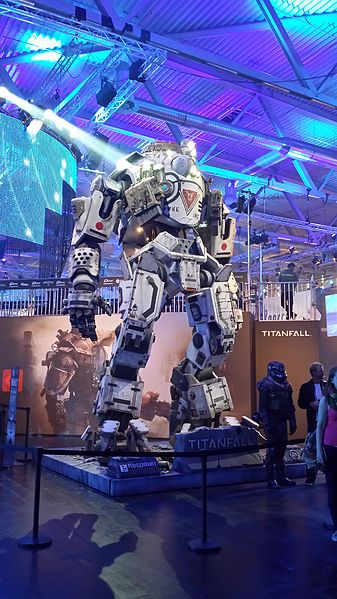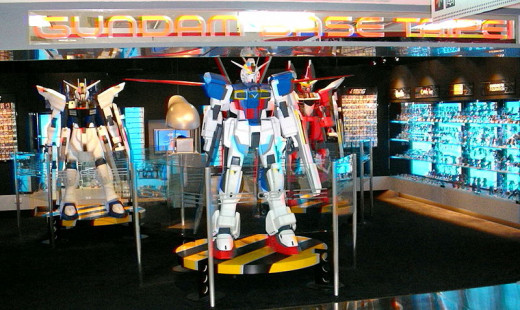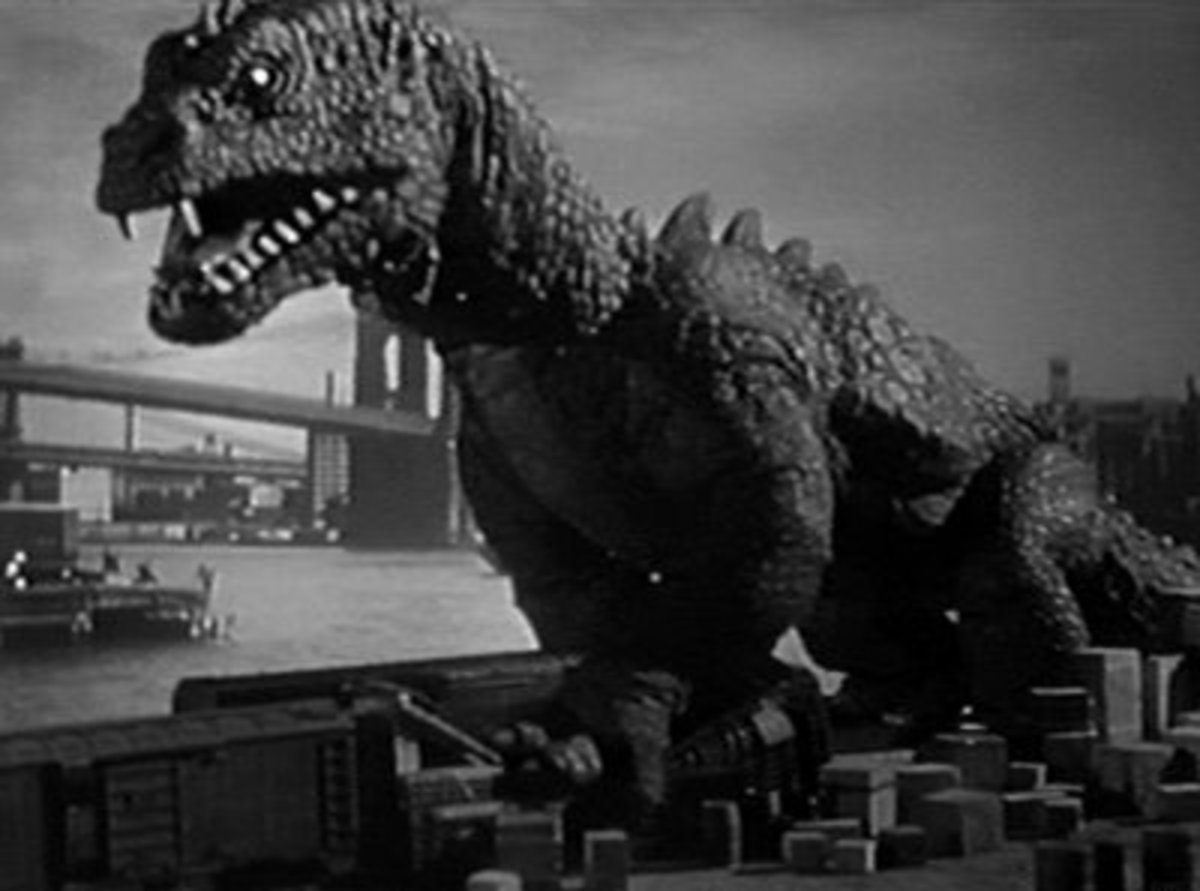- HubPages»
- Entertainment and Media»
- Movies & Movie Reviews»
- Science Fiction & Fantasy Films
What are Mecha?
Mecha are popular in anime and games

What are they?
Science fiction is full of robots, strength amplifying armor and a wide variety of military machines. Mecha or Mech's are a hybrid of all of these. The term Mecha comes from Japanese anime. In Japan the term is used to describe virtually any sort of mechanical device from cars to copy machines. In western science fiction though it refers to legged piloted machines that can be conceptually traced back to the martian tripods in H. G. Wells War of the Worlds. Although many mecha are depicted as humanoid this is hardly universal. The Imperial A.T.A.T.'s from the Star Wars series can be defined as quadrupedal mecha. Although robots such as those portrayed in the “Transformers” franchise are aesthetically similar to many mecha the latter are portrayed as piloted by an organic operator rather than being autonomous. The similarity is no accident, many of the toys that started the first generation of the “Transformers” actually started out as toy mecha in Japan it was only when Hasbro imported them that a story line of them being sentient alien machines was created. Many mecha in anime are the result of joint marketing efforts between animation studios and toy and model makers. In American game and tie in fiction original designs (those not based on something imported from Japan) like those in the Mechwarrior or Heavy Gear settings, start out solely as the product of game company artists. Although the American originals may start out as game illustrations they usually have miniatures based on the artwork and sometimes toys or models.
A popular mecha game
The realism issue
While one might assume that something with it's roots in toys and cartoons to completely lack realism there is some effort in many mecha stories to portray it, at least in the behavior of the human characters if not in their technology. Which is not to say that most mecha are even remotely realistic by themselves. Anyone who has watched the Empire Strikes Back should be acutely aware of the hazards of a military machine that can be tripped. Likewise, the difference in difficulty in arming and armoring a humanoid machine compared to doing the same for a simple box like a tank should be obvious. Many mecha stories try to justify their centerpiece technology in a variety of ways. In many cases, like Mechwarior or Heavy Gear, they point out that a machine with legs can maneuver over terrain that other forms of locomotion can't handle. Often mecha either exist in settings where anti-gravity technology does not exist or is portrayed as limited in some way making the all terrain capabilities of something with legs desirable. In settings that include flight capable mecha the all terrain justification runs a bit thin. After all, why waste space and weight on legs for something that can fly when the same capacity might be used for more armor, fuel or weapons. In a few cases, like the Jovian Chronicles R.P.G., mecha are justified as being an outgrowth of armored exoskeleton technology like that depicted in “Iron Man” or Starship Troopers (the novel). The mecha's size being a result of a desire to cram more weapons and protection into the power armor. Sources that use this tend to neglect the drawback of the mech's vertical stature making it a larger target that would preclude such a development path in the real world. Other stories like the recent Pacific Rim or the “Macross” franchise depict mecha as being built to allow humans to fight large physically imposing enemies on equal footing. As appealing as taking on a titanic adversary in such a way may be, simple reference to the story of David and Goliath should be sufficient reminder that giants may be defeated by a smaller adversary. Although real military and other organizations are conducting research toward something that might be termed mecha they are often short legged equipment transport, engineering or infantry support machines. Real mecha, except for demonstration models deliberately designed to emulate the “cool factor” of the fictional sources, tend to be squat machines that look like a backhoe or Humvee with legs.
A real mech

Some are just plain fantasy
Real remote control mecha gladiators
- Robot Combat League | Syfy
Robot Combat League is a syfy competition show featuring robots fighting against other robots and hosted by Chris Jericho of the WWE.
Is their any realistic basis?
This lack of realism in the centerpiece technology tends to put stories involving mecha into the realm of science fantasy regardless of how realistic the rest of the setting is portrayed. In cases like the series “The Vision of Escaflowne” or the game Dragon Mech it edges into pure fantasy. The only exception to this might be use of mecha for gladiatorial competition or as a terror tactic against a force known to be too poorly equipped to resist them. Although the latter seems to have been the rationale behind the Martian tripods in War of the Worlds fiction featuring mecha gladiators generally depict them as existing alongside those on the battlefield. In the real world the SYFY networks “Robot Combat League” could be termed mecha boxing between small remote operated mechs. Although current cultural mores preclude manned mecha being used in live fire no holds barred competitions future or alien societies may not have the same scruples about risking pilots lives. The longstanding popularity of mecha in anime and games certainly suggests that such competitions even with remote operated mechs might have an audience. Shows and leagues featuring combat between remote operated robots with much less sophistication and “cool factor” have certainly enjoyed periods of popularity.
Style over realism
Mecha, often described as vaguely anthropomorphic tanks, could be considered a triumph of style over realism in the stories where they are portrayed. This is especially true in stories that feature mecha as the lords of the battlefield. Given their origins in shows designed to sell toys and models this should not come as a surprise. To many toy and model buyers how cool the item looks either on their display shelf or in their hands is far more important than how realistically it is portrayed. This same factor affects the way games handle mecha. In that case, how good the miniatures look on the tabletop or how well they are presented on screen has the same impact on the players. Given how they may be romanticized as a fusion of a samurais armor, weapons and even steed mecha aren't likely to depart from the fictional landscape any time soon.
Toys and models are extremely popular



![The Vision of Escaflowne: Part One [Blu-ray]](https://m.media-amazon.com/images/I/51HnfDqcTGL._SL160_.jpg)





